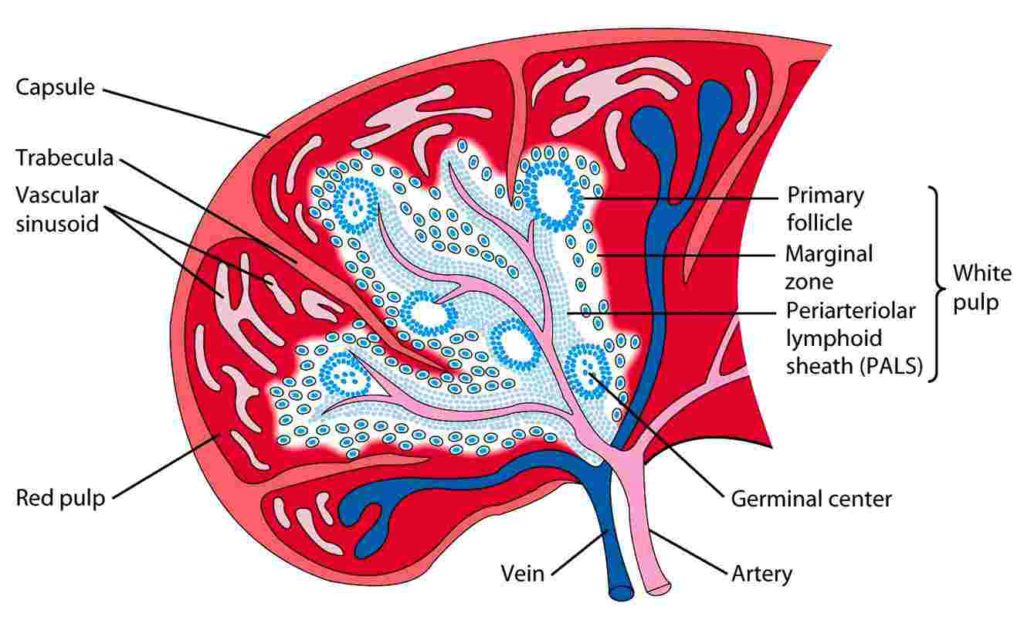4.4 Million People Have Sickle Cell Disease Worldwide: Get To Know The Symptoms
Pooling of Blood in the Spleen

Your spleen moves about five percent of your total blood volume a minute, filtering out old blood cells while also storing white blood cells to help with the immune system. Normally, red blood cells are smooth and flexible; capable of passing easily through the spleen. In sickle cell disease patient’s, their sickle-shaped blood cells damage the spleen, often resulting in a pooling of blood in the bottom of the spleen. This condition is known as splenic sequestration.
Splenic sequestration is one of the earliest symptoms to develop, with most cases being found in infants aged five months to two years old. The bleeding creates an enlarged spleen and ravages the body’s hemoglobin count. Without proper levels of hemoglobin, the body starves for oxygen and if left untreated, can be fatal. Often, if a child has had more than one episode of splenic sequestration, doctors will recommend having the spleen surgically removed.














